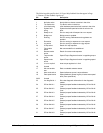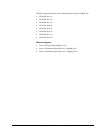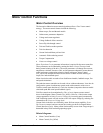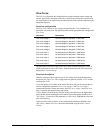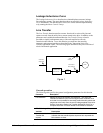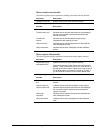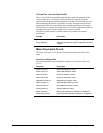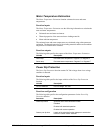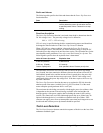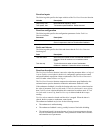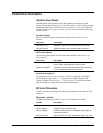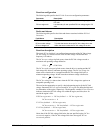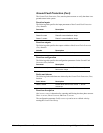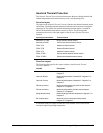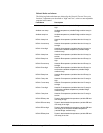
3-50
•
••
•
Chapter 3 Paramters/Functions Innovation Series Medium Voltage GP Type - G Drives GEH-6385
Faults and alarms
The following table specifies the faults and alarms that the Power Dip Protection
function declares.
Fault Description
Power dip Trip fault that occurs when the DC link voltage
remains below the power dip activation level for
a specified period of time. Causes drive to stop
running.
Function description
The Power Dip Protection function is activated when the drive determines that the
DC link voltage is low. The power dip voltage level is defined as
80% x 1.357 x IPN volt rating.
IPN volt rating is specified during the drive commissioning process and should not
be changed to alter the behavior of the Power Dip Protection function.
When a DC link low voltage condition is detected, the Power Dip Protection
function begins a timer. The function uses motor rotational energy to keep the DC
link at the power dip voltage level until the timer expires. The expiration time for the
timer depends on the parameters Power dip control and Custom pwr dip time. The
following table specifies how the expiration time is determined:
Value of Power dip control Expiration time
0.008 sec (Disable) 0.008 seconds
0.500 sec (Enable) 0.5 seconds
Custom: Specify time User specified value of Custom pwr dip time
The timer does not reset to zero if the DC link rises above the power dip voltage
level. Instead, the timer contains the difference between the amount of time the DC
link feedback spends below and the amount of time it spends above the power dip
voltage level. As a result, the timer may expire even if the DC link voltage is not
continuously below the power dip voltage level. If the timer expires, the Power dip
trip fault is declared.
The Power Dip Protection function does not try to regulate the DC link when the
absolute speed of the motor (variable Speed reg fbk) is less than 5% of the rated
motor nameplate speed (parameter Motor rated rpm).
The maximum time the bridge can actually ride through a power loss without a fault
is dependent on the amount of inertial energy available in the load and the ride
through capacity of the power supplies that are feeding the control AND cooling
systems. The control rack itself can ride through power dips up to 100ms long. An
optional ride through device is available to extend this time up to 500ms. If the
customer can supply power from an interruptible source then much longer times can
be achieved and a custom power dip timeout should be specified.
Tach Loss Detection
The Tach Loss Detection function controls the response of the drive to the loss of the
tachometer feedback signal.



